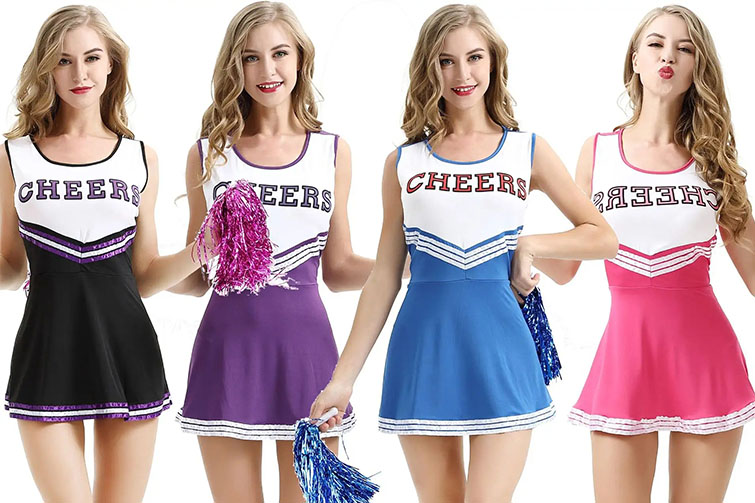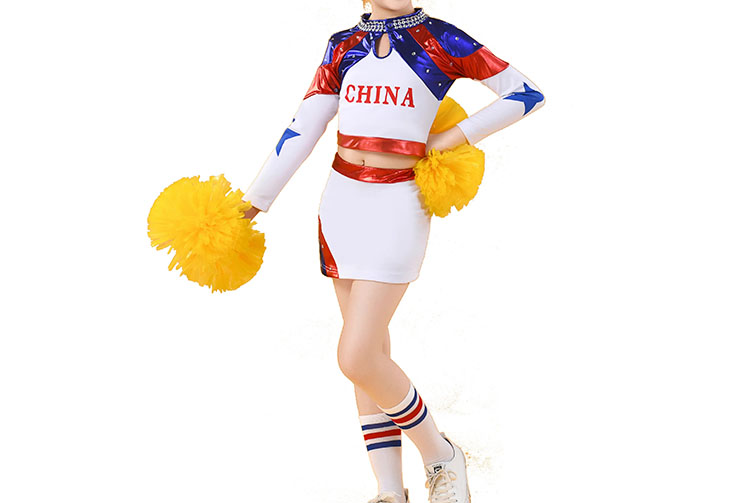

How to Choose Fabrics for Sportswear
Selecting the right fabric for sportswear is crucial for ensuring comfort, durability, and performance during physical activities. Whether you're into yoga, running, or intense gym workouts, the fabric plays a significant role in how well your sportswear supports your movements and keeps you comfortable. Here's a guide to some common fabrics used in sportswear and why they are chosen.
1. Polyester
Polyester is one of the most popular fabrics for sportswear. It’s lightweight, durable, and has excellent moisture-wicking properties, making it great for high-intensity workouts. Polyester’s quick-drying nature keeps sweat from clinging to the body, providing comfort and reducing irritation. Additionally, it’s resistant to shrinking and wrinkles, which makes it easy to care for.
2. Nylon
Nylon is another common fabric used in sportswear. It is soft, stretchy, and smooth, offering great comfort during activities that require a full range of motion. Nylon also has moisture-wicking properties and is highly durable, making it ideal for running, cycling, and other outdoor sports. It resists abrasion, meaning it can withstand wear and tear over time, making it a popular choice for sports bras, leggings, and compression garments.
3. Spandex (Lycra/Elastane)
Known for its exceptional elasticity, spandex is often blended with other fabrics like polyester and nylon to give sportswear its stretch. It allows the garment to move with the body, providing flexibility and a snug fit. Spandex is essential for sports that require a wide range of motion, such as yoga, pilates, and gymnastics. The stretchability helps prevent restrictions and enhances the wearer's performance.
4. Cotton Blends
While pure cotton is not commonly used for intense sports activities due to its tendency to retain moisture, cotton blends are popular for low-impact activities. Cotton provides softness and breathability, making it suitable for yoga, stretching, or casual wear. When blended with synthetic fibers like polyester, cotton improves its moisture-wicking ability while retaining its soft texture.
5. Bamboo
Bamboo fabric is gaining popularity in sportswear due to its natural breathability, softness, and antibacterial properties. It is environmentally friendly and feels comfortable on the skin, making it an ideal choice for sensitive skin or those who prefer eco-friendly materials. Bamboo fabrics are also moisture-wicking and help regulate body temperature, making them suitable for both warm and cool weather activities.
6. Merino Wool
Merino wool is often associated with winter sportswear due to its insulating properties. However, it is also a great temperature regulator, making it suitable for both cold and warm weather. Merino wool wicks moisture away from the skin, keeping you dry and comfortable during hikes or runs. It’s also naturally odor-resistant, which makes it a good choice for long activities where you might not have a chance to change immediately.
7. Tencel (Lyocell)
Tencel, made from wood pulp, is an eco-friendly fabric that has been gaining traction in sportswear. It’s soft, breathable, and has moisture-wicking properties. Tencel is highly absorbent, making it comfortable to wear during activities like yoga or hiking. It’s also biodegradable, making it a good option for environmentally conscious consumers.
Conclusion
Choosing the right fabric for sportswear depends on the type of activity you engage in and your personal preferences. For high-performance activities, moisture-wicking fabrics like polyester, nylon, and spandex are essential for keeping you dry and comfortable. For low-impact activities or casual wear, cotton blends and eco-friendly fabrics like bamboo and Tencel can offer the softness and breathability needed for comfort. Understanding these fabric characteristics will help you select the sportswear that best suits your lifestyle and exercise routine.




